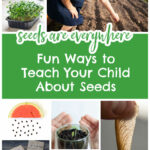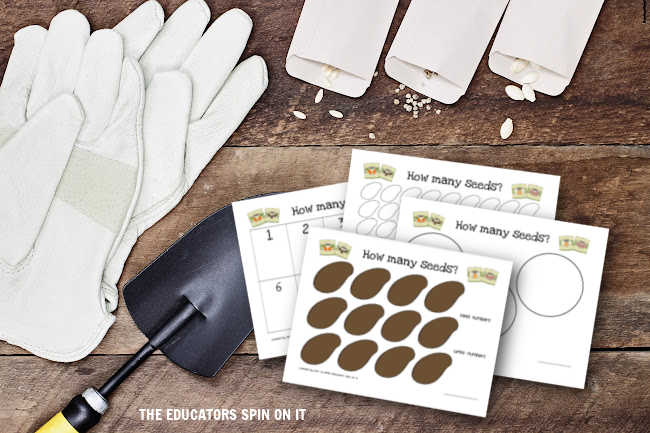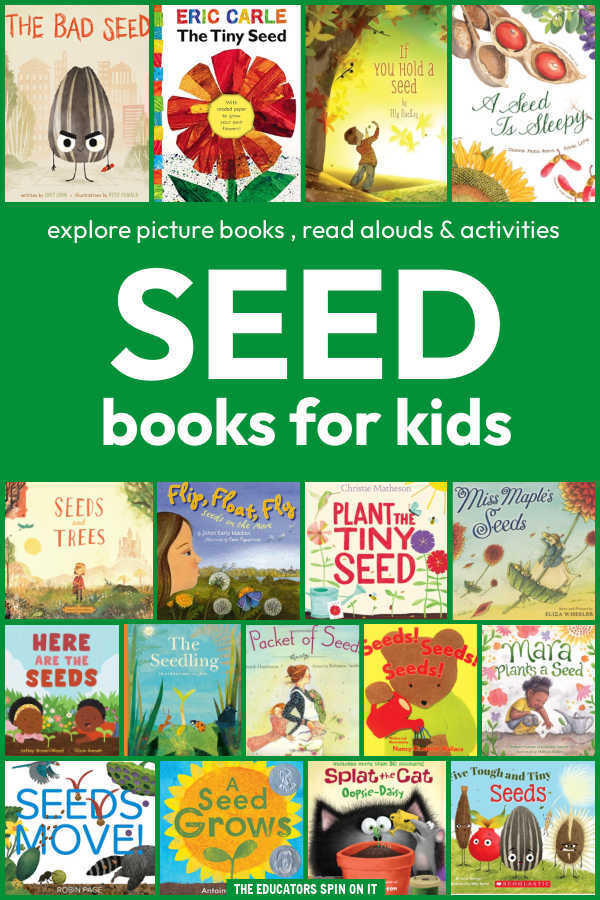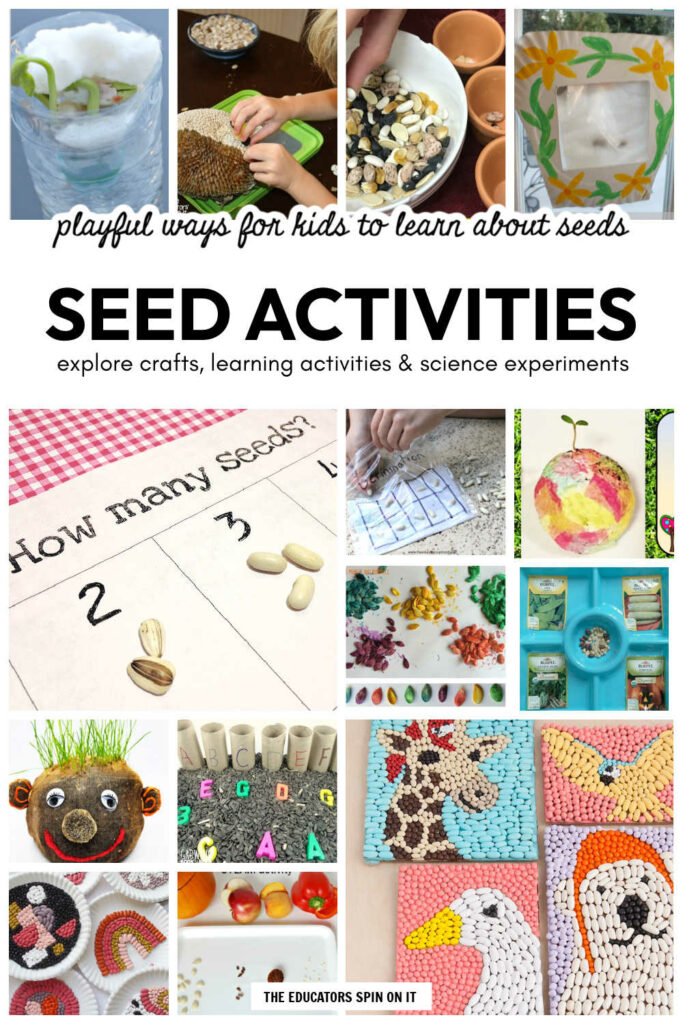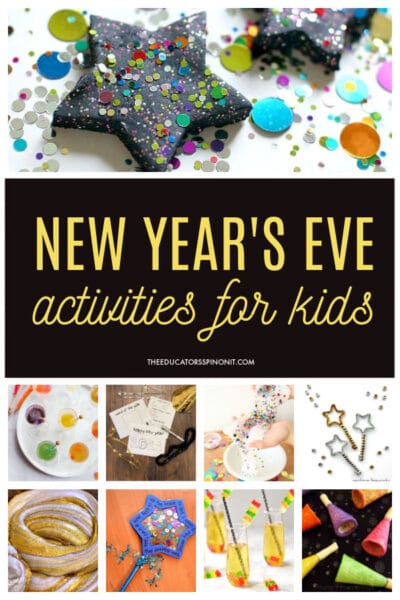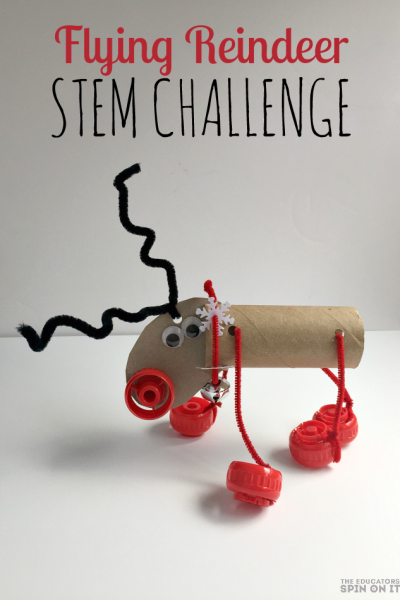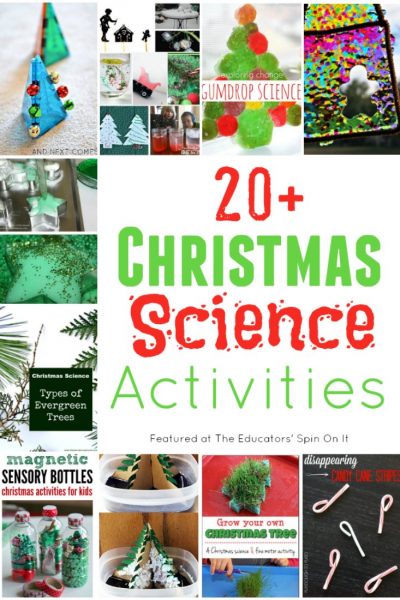Discover the hidden world of seeds around us and explore fun ways to teach your child about nature’s building blocks. From seed hunts and kitchen explorations to planting mini gardens and reading engaging books, explore creative ideas to nurture curiosity and appreciation for the environment.
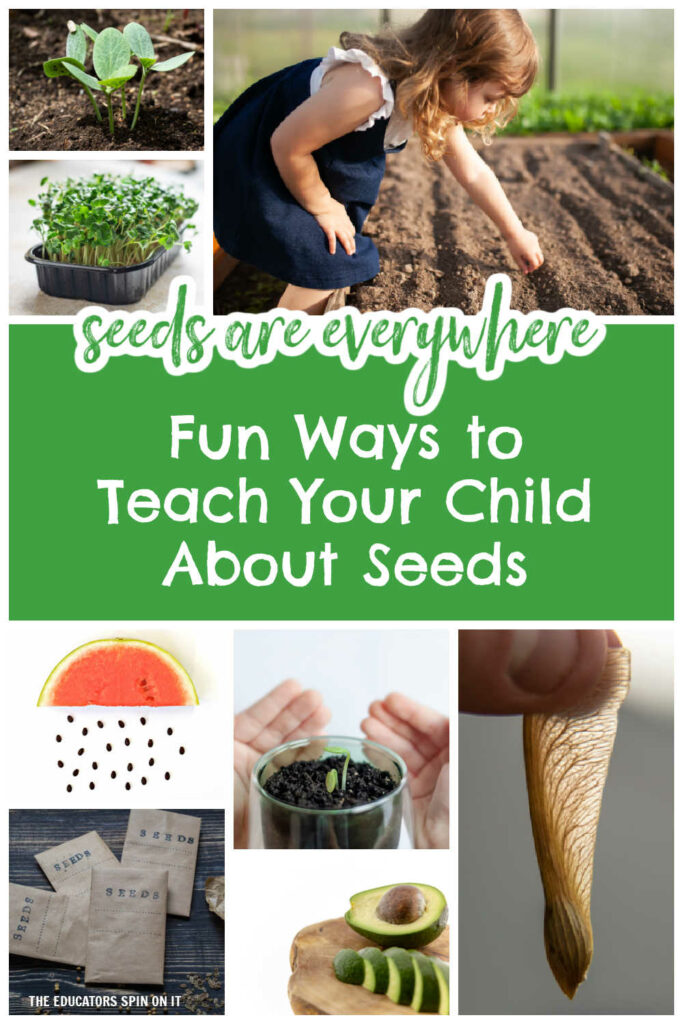
Have you ever stopped to think about how many seeds surround us every day? Seeds are everywhere, often hiding in plain sight. Every fruit and vegetable we eat contains seeds, from the tiny strawberry seeds on the outside of the berry to the large pits of peaches and avocados. When we snack on sunflower seeds, pumpkin seeds, or nuts, we’re eating seeds too! Even grains like rice, wheat, and corn come from seeds.
Beyond our food, seeds play a vital role in nature—scattered across the ground, drifting through the air, and even clinging to our clothes after a walk through the grass. They are the foundation of life in nature, growing into the plants, flowers, and trees that fill our world.
Fun Ways to Teach Your Child About Seeds
Teaching children about seeds nurtures their curiosity about the world and encourages a deeper appreciation for the environment.
Here are some fun and simple ways to explore the world of seeds with your child.
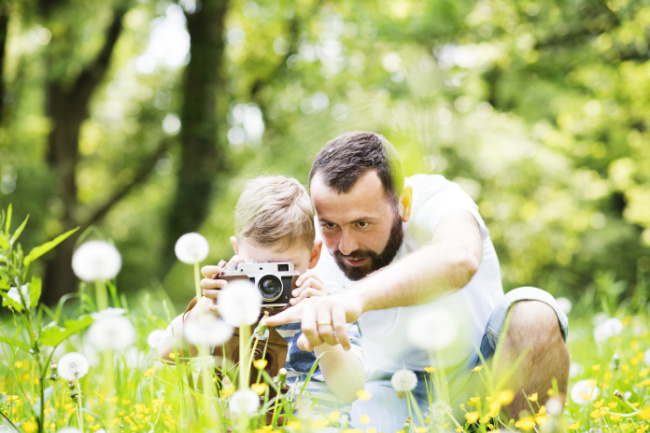
Go on a Seed Hunt
A great way to start is by taking a walk in your backyard, a park, or a nature trail to look for different types of seeds. Encourage your child to observe the ground, trees, and plants for seeds in various forms—helicopter seeds from maple trees, fluffy dandelion seeds, or tiny sunflower seeds.
Bring along a small bag to collect a few and examine them later.
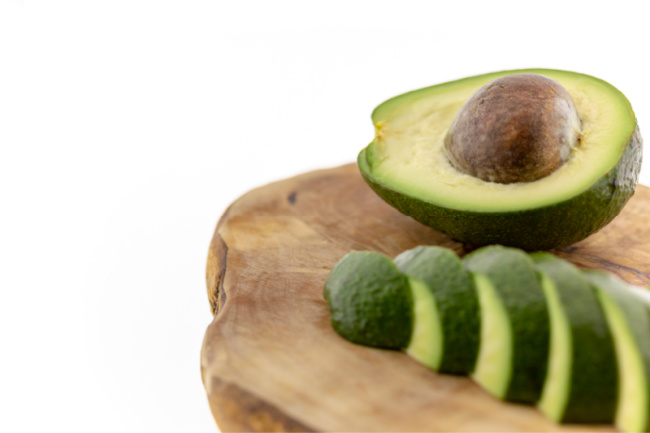
Explore Seeds in the Kitchen
Your kitchen is full of seeds waiting to be discovered! Cut open fruits and vegetables like apples, oranges, peppers, tomatoes, and avocados to explore the seeds inside. Ask your child to compare them—some are tiny, some are large, and some are even edible!
You can also try planting some of these seeds in a small pot and watch them sprout.
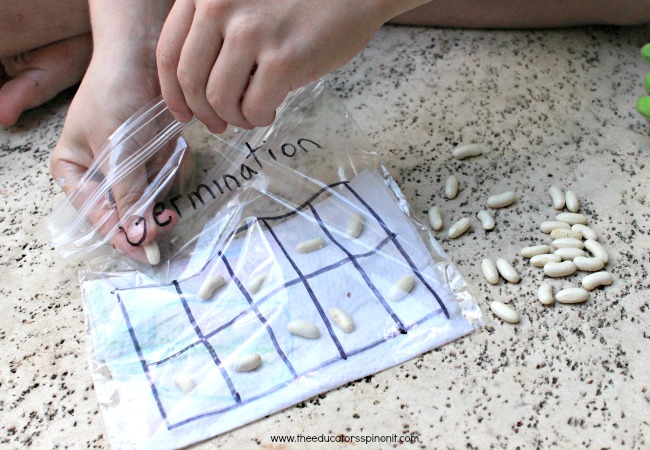
Grow a Seed in a Jar
A classic science experiment involves sprouting a seed in a clear jar with a damp paper towel. Try using a bean or a sunflower seed. Place the seed between the paper towel and the side of the jar so your child can see the roots and shoots as they grow.
This hands-on activity helps kids understand germination and plant life cycles.
Make a Seed Collage
Gather a variety of seeds—lentils, beans, popcorn kernels, and chia seeds—along with glue and construction paper. Let your child create seed art by arranging and gluing seeds into different shapes and patterns.
This is a creative way to explore texture and variety while reinforcing the idea that seeds come in many forms.
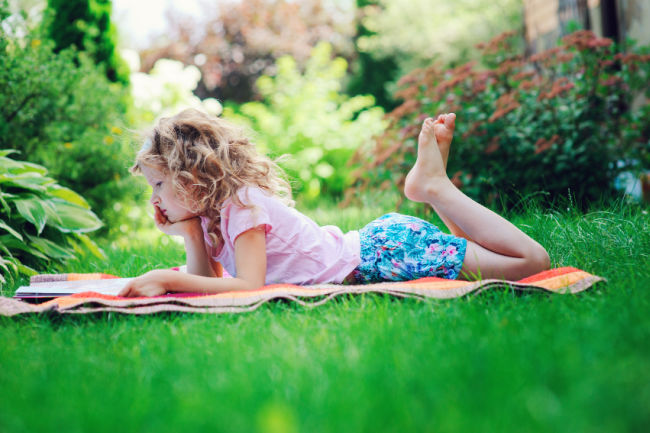
Disclosure: This post contains Amazon affiliate links. As an Amazon Associate I earn from qualifying purchases.
Read Books About Seeds
There are plenty of wonderful children’s books that introduce seeds and plants in an engaging way. Some great options include:
- The Tiny Seed by Eric Carle
- How a Seed Grows by Helene J. Jordan
- A Seed is Sleepy by Dianna Aston
Reading about seeds can help children connect the concepts they see in real life with fun and informative stories. Here are our top picks for books about seeds for kids.
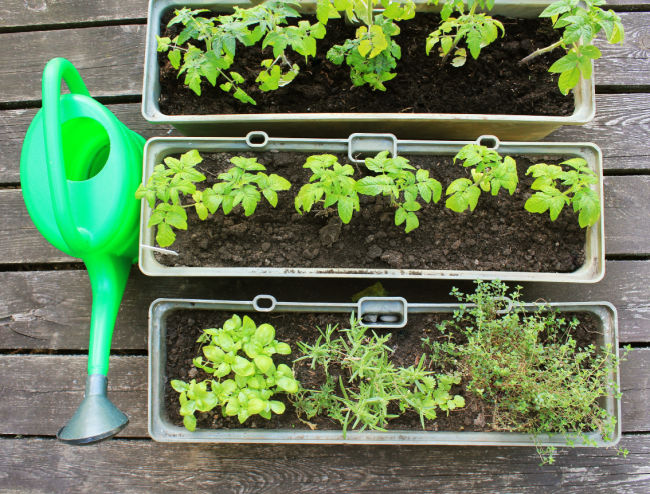
Plant a Mini Garden
If you have outdoor space or even a small pot, planting seeds together is a rewarding experience. Choose fast-growing seeds like radishes, sunflowers, or basil to keep your child engaged. Let them be responsible for watering and watching the plants grow—it’s a great lesson in patience and responsibility.
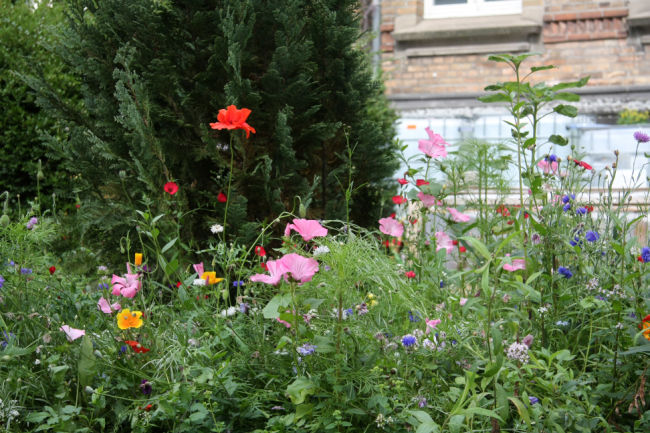
Plant Wildflowers for Pollinators
Another fun and impactful activity is planting wildflower seeds with your child. Choose a patch of garden, a flower bed, or even a pot to scatter a mix of wildflower seeds. Explain how wildflowers provide food for bees, butterflies, and other pollinators, helping the environment thrive.
Watching the flowers grow and seeing pollinators visit them is a rewarding experience that teaches children the importance of biodiversity and conservation.
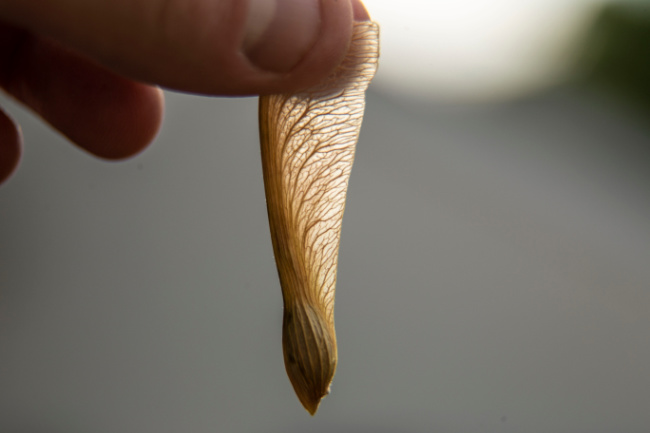
Experiment with Floating and Flying Seeds
Some seeds float on water, while others are designed to fly with the wind. Fill a bowl with water and test whether seeds from different plants sink or float. Then, toss dandelion or maple seeds in the air and watch how they travel.
These experiments introduce the idea of seed dispersal in a fun, hands-on way.
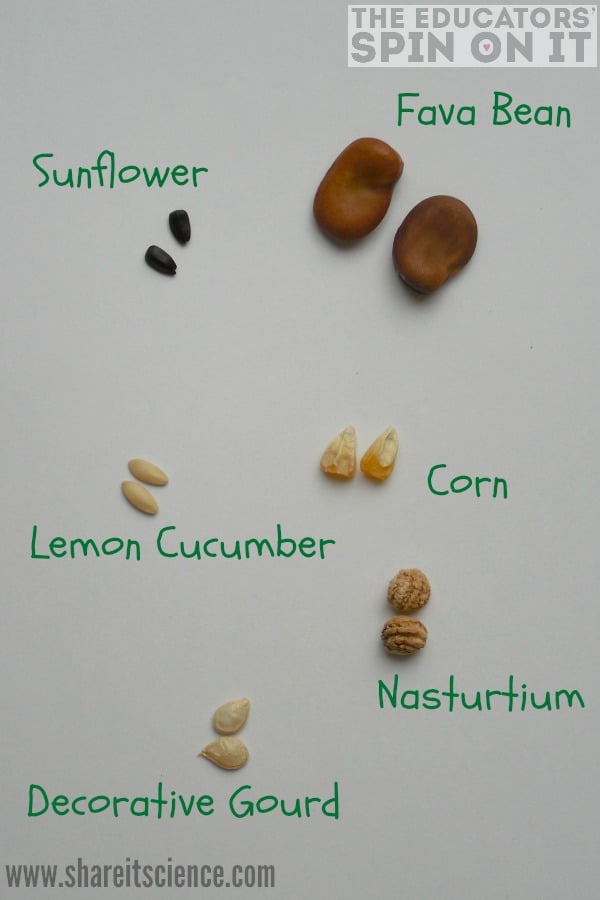
Seed Sorting and Counting
Download our Seed Sorting Activities to integrate sorting, counting, and sequencing exercises to enhance early math and science skills. Encourage your child to examine various types of seeds, noting differences in size, texture, and color.
Using a Printable Seed Sorting Mat, your child can categorize seeds into groups, building observational and classification skills.
Seeds are Everywhere
Seeds are small but mighty, holding the potential for entire forests, gardens, and food sources. By helping your child explore and understand seeds, you’re fostering a love for nature and science that will stay with them for years to come.
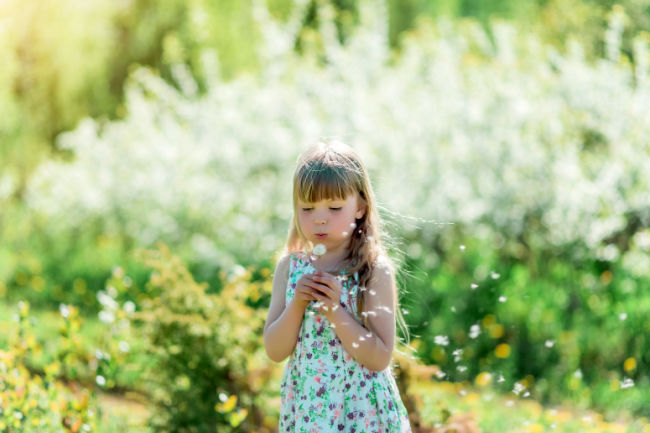
So next time you see a seed, take a moment to appreciate its magic—and share that wonder with your child!
You may also enjoy these activities with your child…
